Steps for Better Flowers This Spring

by
Morris & Bergen County Irrigation
(IC: professional)
Many gardeners are delighted that spring time has finally arrived and are excitedly looking forward to getting back into the backyard to sprinkle some new seeds into the vegetable garden or to plant some flowers around the borders of their property. For those who are new to the fantastic world of gardening, you may be planning on 2014 being the year when you discover the joys of growing your own sumptuous flora, shrubs and other greenery, and at last getting your fingers green. Here are some basic tips if you have your heart set on growing beautiful flowers and cultivating the best looking blooms in the neighborhood.
1. Mulchify your flowers - It's no secret that mulch can work wonders; it not only bears larger and more strapping flowers, but this also means that they have a much greater chance of survival if winter turns out to be as harsh as the one we have just left behind. Mulch offers the soil a much better level of water retention so that your developing plants are more robust and durable.
2. Avoid overcrowding - If you look at a flowerbed that suffers from overcrowding, you will probably agree that the area looks unattractive, cluttered and more than a little chaotic. However, what you may not realize is that overcrowding actually harms the flowers themselves due to the fact that air is unable to properly circulate between each flower as it develops. For example, if you have ever put too many flowers into a bucket or vase, you will notice that their petals become more bruised and squeezed together as time progresses. Remember to space out your flowers and keep a fair amount of room in-between them so that overcapacity does not become an issue.
3. Do a soil test before planting - If you have already added compost to the soil, a soil test may tell you that the area still requires more nutrients than the compost can provide. If this is the case, a slow-releasing granular organic fertilizer can help you grow a larger amount of flowers. However, this is not to undermine or challenge the use of compost; for many gardeners, compost is the key to success that not only adds nutrients to the soil but also prevents the odds of plant disease.
4. Water, water, everywhere - As soon as your seeds are planted and the soil is in place, water the area immediately. Instantaneous irrigation collapses the air pockets around the plant's roots, offering on the spot access to important nutrients and moisture. By and large, flowers need approximately two inches of water per week. As Leonardo da Vinci once said, "Water is the driver of Nature."
5. Timing is everything - As with many things in life, timing is an essential element that should never be ignored or forgotten. Always plant your flowers within the time period that the seed packets state, which is typically just after the last of the winter frost disappears, or during the first few days of spring.
6. Location, location, location - Similar to the above point regarding the value of good timing, the place you plant your flowers is fundamental to their success and survival. Most flowers on average require seven hours of sunshine each day, so choose an area that can offer sufficient (and consistent) daylight. This usually means picking somewhere away from trees. This is not only due to the shade that trees offer, but also because tree roots can end up taking away nutrients originally meant for your flowerbeds. In addition, weed your flowerbeds thoroughly before planting.
1. Mulchify your flowers - It's no secret that mulch can work wonders; it not only bears larger and more strapping flowers, but this also means that they have a much greater chance of survival if winter turns out to be as harsh as the one we have just left behind. Mulch offers the soil a much better level of water retention so that your developing plants are more robust and durable.
2. Avoid overcrowding - If you look at a flowerbed that suffers from overcrowding, you will probably agree that the area looks unattractive, cluttered and more than a little chaotic. However, what you may not realize is that overcrowding actually harms the flowers themselves due to the fact that air is unable to properly circulate between each flower as it develops. For example, if you have ever put too many flowers into a bucket or vase, you will notice that their petals become more bruised and squeezed together as time progresses. Remember to space out your flowers and keep a fair amount of room in-between them so that overcapacity does not become an issue.
3. Do a soil test before planting - If you have already added compost to the soil, a soil test may tell you that the area still requires more nutrients than the compost can provide. If this is the case, a slow-releasing granular organic fertilizer can help you grow a larger amount of flowers. However, this is not to undermine or challenge the use of compost; for many gardeners, compost is the key to success that not only adds nutrients to the soil but also prevents the odds of plant disease.
4. Water, water, everywhere - As soon as your seeds are planted and the soil is in place, water the area immediately. Instantaneous irrigation collapses the air pockets around the plant's roots, offering on the spot access to important nutrients and moisture. By and large, flowers need approximately two inches of water per week. As Leonardo da Vinci once said, "Water is the driver of Nature."
5. Timing is everything - As with many things in life, timing is an essential element that should never be ignored or forgotten. Always plant your flowers within the time period that the seed packets state, which is typically just after the last of the winter frost disappears, or during the first few days of spring.
6. Location, location, location - Similar to the above point regarding the value of good timing, the place you plant your flowers is fundamental to their success and survival. Most flowers on average require seven hours of sunshine each day, so choose an area that can offer sufficient (and consistent) daylight. This usually means picking somewhere away from trees. This is not only due to the shade that trees offer, but also because tree roots can end up taking away nutrients originally meant for your flowerbeds. In addition, weed your flowerbeds thoroughly before planting.
http://www.mcibci.com/
http://www.mcibci.com/landscape-maintenance.php
http://www.mcibci.com/
http://www.mcibci.com/new-jersey-irrigation-system.php
Enjoyed the project?
Published March 28th, 2014 3:26 PM
Comments
Join the conversation
2 comments
-
-
Tips that cannot be repeated often enough.
 Douglas Hunt
on Mar 29, 2014
Douglas Hunt
on Mar 29, 2014
-




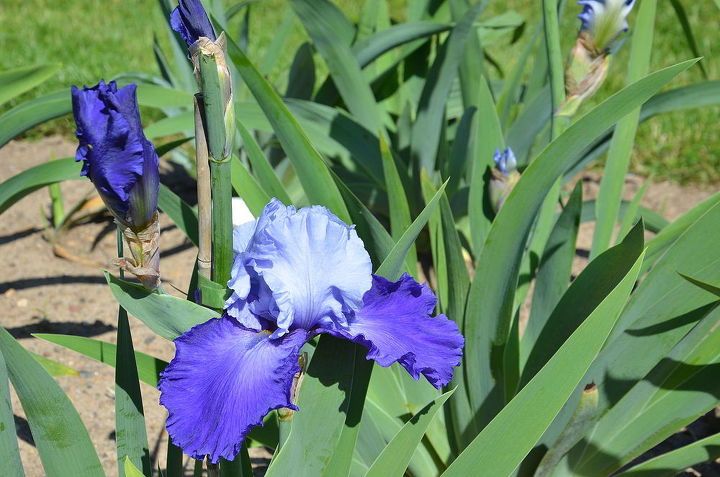
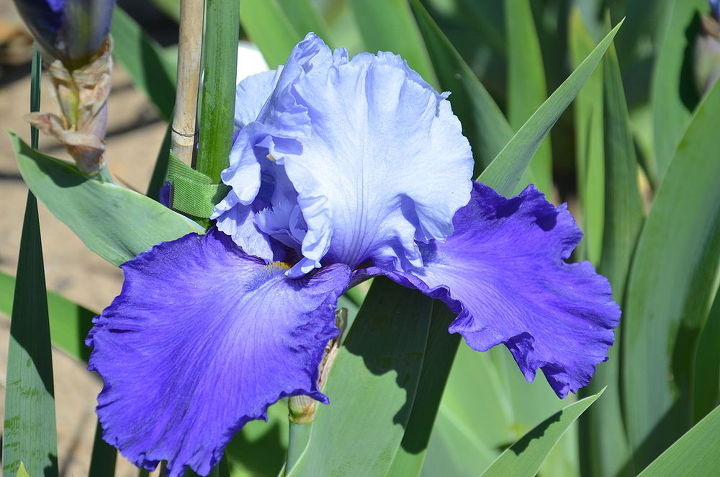
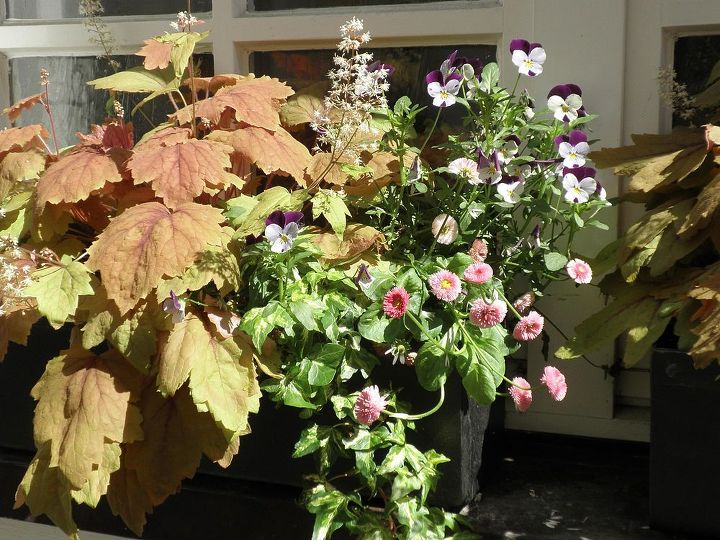
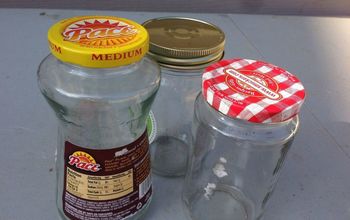
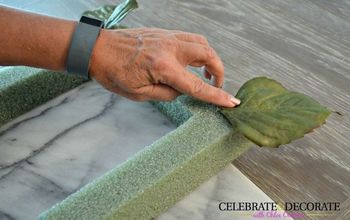




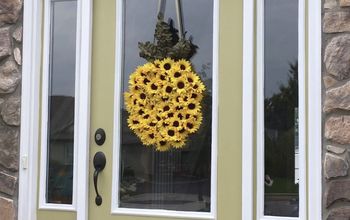
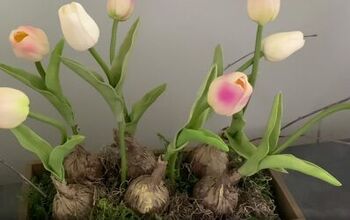

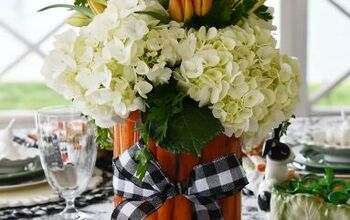













Frequently asked questions
Have a question about this project?